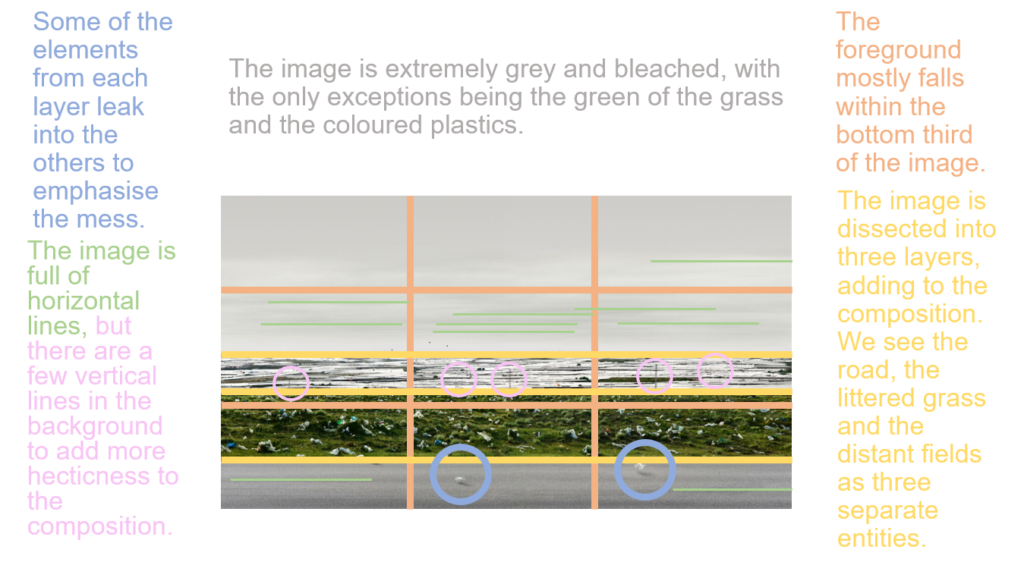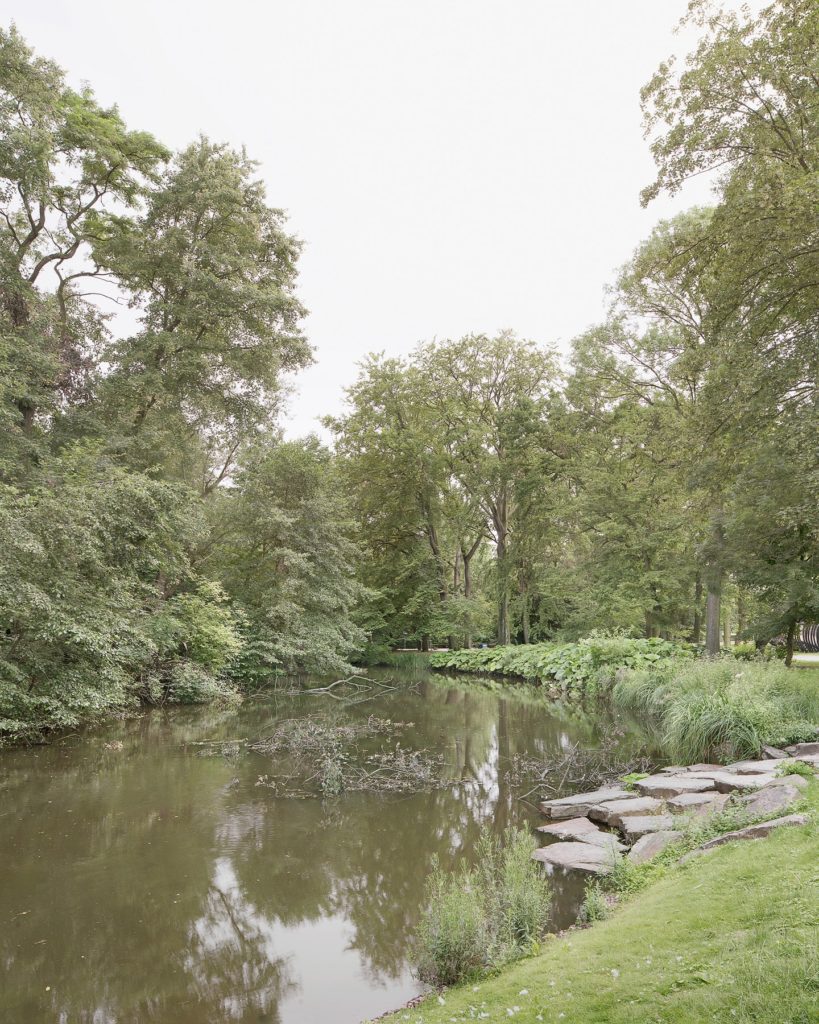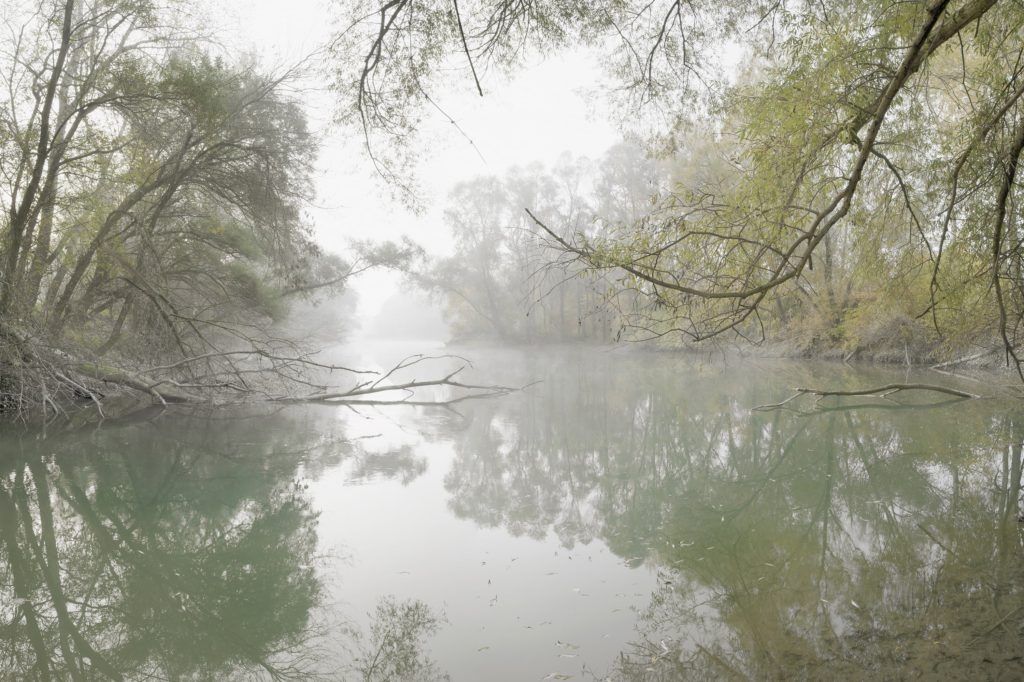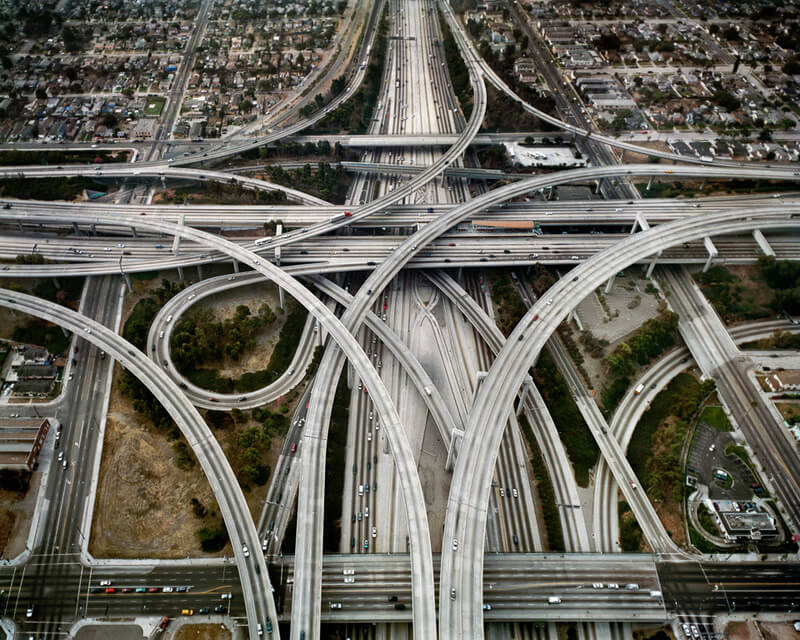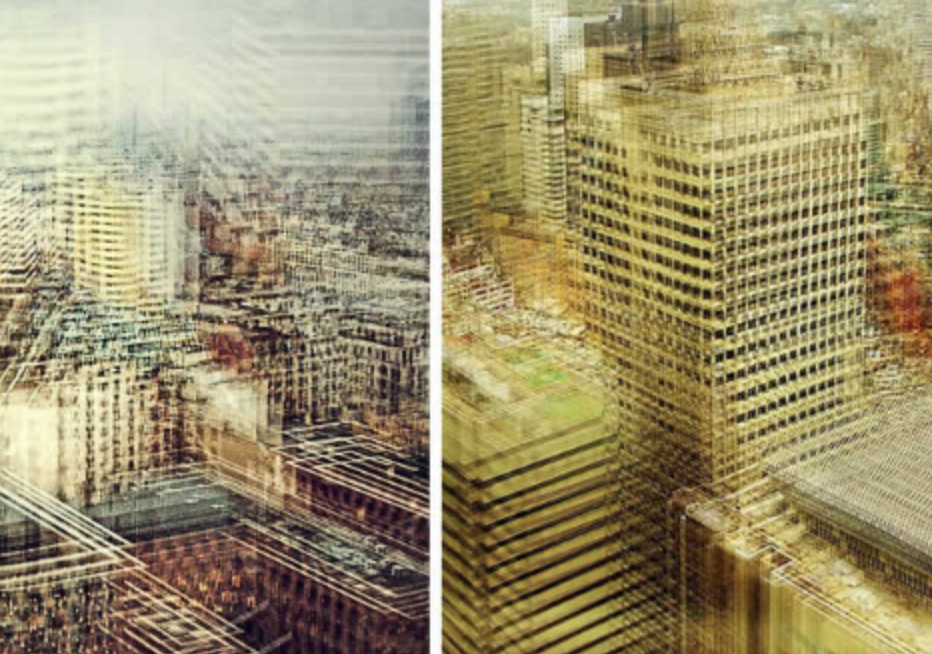Mood Board, Definition and Introduction

To create photos inspired by the Anthropocene an open mind is needed, so that you can capture the environment from a different point of view than normal- seeing just how damaging human impact on the world is.
The Anthropocene, a term coined by biologist Eugene Stoermer in the 1980s and popularized by chemist Paul Crutzen in 2000, emphasizes how human actions shape the environment in all its physical, chemical, and biological characteristics. Photography inspired by the Anthropocene captures both natural and urban landscapes, the natural landscapes typically including human waste or destroyed scenery. The urban landscapes include both abandoned areas as well as busy areas to show how humans interact with what they have created and the ways they changed the environment to do so.
During this project, I will try to show the reality of our world, capturing the Anthropocene in my shots. I want my photos to be very emotive yet also interesting, combining different techniques to do this. I am inspired by several different photographers, some whose work has a deeper meaning and some who plainly show our impact on our surroundings.




